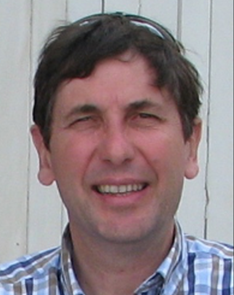 |
Philippe DarrietUniversity of Bordeaux |
The challenge of preserving and improving the quality of wines in a changing context
Since the beginnings of wine-making in the ancient times, man has not only sought through the production of wine, the elaboration of a banal fermented beverage. His quest was motivated by the search for a drink with aesthetic and cultural dimensions. The sensory perception of wine, in its hedonic characteristics, associated with color, aroma, taste is one of the first criteria. Sometimes, it represents such a level of exemplarity, that it can be considered by the wine-lover as a real work of art. The history of Bordeaux wine testifies for this search of quality.
However, the elaboration of a quality wine is based on a delicate balance. It is the result of interactions between a combination of favorable natural factors (associated with climate, topography, soil type...) and human choices. These human choices concern, for example, the types of varieties cultivated, the methods of cultivation, the empirical know-how and the scientific and technical knowledge in the methods of elaboration and conservation of wines, involving oenology.
Through the current context of environmental evolution, in particular with climate change, as well as the transformation of societal expectations for wine, the presentation will address the means developed today by research in the field of vine and wine sciences to accompany these transitions.
Bio
Philippe Darriet is Professor in Enology (analytical chemistry, vinification process, wine composition, sensory analysis) and Director of Enology research (UMR INRAE 1366 OENOLOGY) at Institute of Vine and Wine Science from University of Bordeaux.
After preparing a PhD thesis at Faculty of Enology (University of Bordeaux) (1993) on Sauvignon blanc aroma (PhD thesis directed by Prof D Dubourdieu), he was recruited in 1994 as assistant professor at Bordeaux University. Habilitation thesis (2002) on wine aroma chemistry and biochemistry and Full professor position since 2007.
His research activities mainly focus on the characterization of volatile odorant compounds, often present in trace amounts, which contribute to the typical aromatic nuances of certain grape varieties such as 'Sauvignon blanc', Riesling, Cabernet Sauvignon, Merlot, Viognier and noble rot sweet wines, or Cognac spirits. He also studies the chemical, biochemical and microbiological aspects related to volatile odorant compounds and their precursor forms in fruits, as well as the phenomena occurring during wine making and ageing, and their impact on the aromatic component. Deeply committed to the importance of research to support wine professionals, Philippe Darriet and his group have local, national and international collaborations with both vine ecophysiologists and plant pathologists concerning the impact of both climate change and cryptogamic diseases on wine quality, as well as with experimental economists in the context of consumer choice studies.
Session KN03 : Wednesday 26/07 9:00am - 9:45am, Amphi AUBY
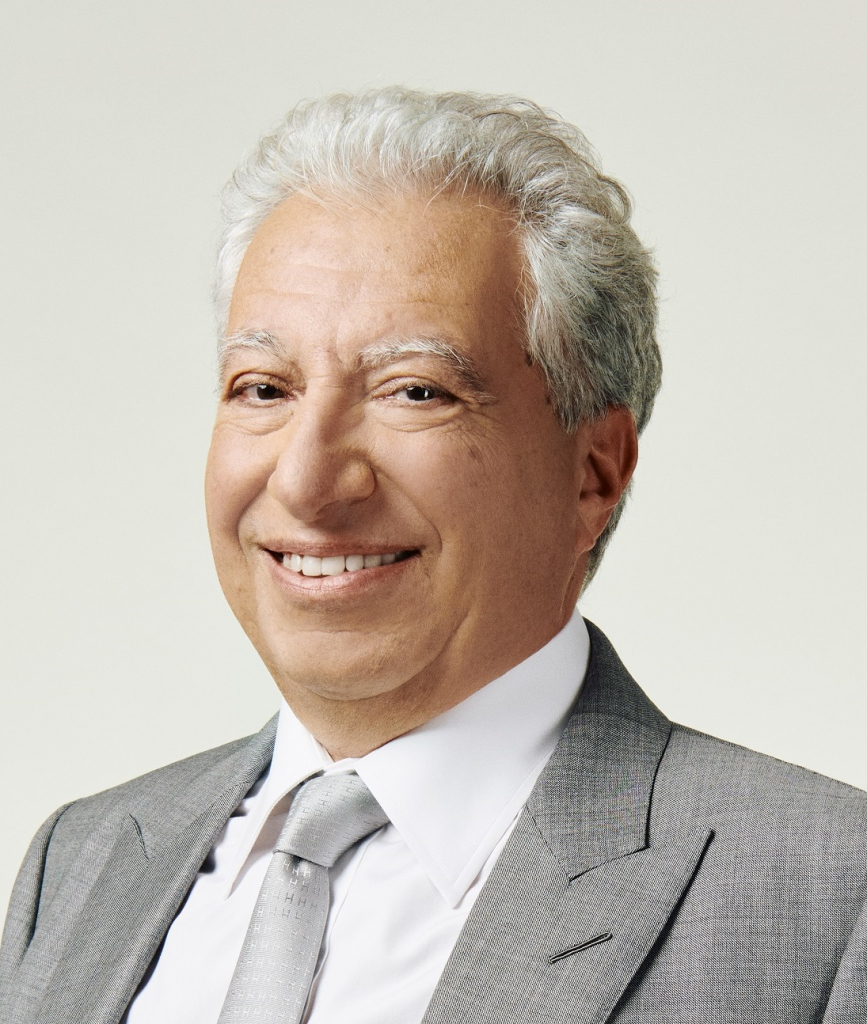 |
Daniel HARARILECTRA |
The 4th industrial revolution: myth or reality
The most important transformations come from changes in business model, not from changes in technology:
- What is a business model?
- Technology is just an enabler, pushing the boundaries of business models.
- The fourth industrial revolution was made possible by four technologies becoming mature at the same time: big data, the Internet of Things, the cloud and artificial intelligence.
- When we talk about Industry 4.0, we must not forget that it is above all the transformation of the industry itself and not about new technology.
Lectra is a technology company, what are its purpose, its value, its business model?
- Lectra's purpose is to enable its customers to adopt Industry 4.0, so that they can change their business model in depth.
- Lectra's value comes from its teams and its ability to innovate.
- How has Lectra itself repeatedly changed its business model over the past fifty years?
To build a strategy, you have to anticipate:
- How do you anticipate in an uncertain world?
- How do you identify structural phenomena from cyclical phenomena?
- What risks should you take?
- How do you apply the game theory, the only mature economic theory that enables you to build a strategy in an uncertain world?
Managing engineers is managing a population where everyone has ideas:
- This is what constitutes its value, subject to aligning ideas, sharing objectives and being mobilized on the same roadmap, while leaving room for creativity.
- Engineering and design only have value if they lead to industrial products, not if they just develop the technology itself.
- Engineers are often victims of thinking alike: they reason in the same way, and if they start from the same assumption, they come to the same conclusion. Yet the conclusion is often the wrong one, why?
- A technology company becomes mature when it is marketing driven: salespeople and engineers live in a world of certainty, marketing in a world of doubt, which is much more effective.
Bio
Daniel Harari is a graduate of École Polytechnique and holds an MBA from HEC in Paris. He began his career as Vice President of Société d’Études et de Gestion Financière Meeschaert, an asset management company (Paris, 1980-1983). He was then Chairman and Chief Executive Officer of La Solution Informatique (Paris, 1984-1990), a PC distribution and services company, and of Interleaf France (1986-1989), a subsidiary of the US software publisher, both of which he founded.
In 1986, Daniel Harari became Chief Executive Officer of Compagnie Financière du Scribe (Paris), a venture capital firm specialized in technology companies, where he was, together with his brother André Harari, the main shareholder until its merger with Lectra on April 30, 1998.
He became Chairman and Chief Executive Officer of Lectra in 1991, following its takeover by Compagnie Financière du Scribe at the end of 1990.
Daniel Harari has been Chief Executive Officer of Lectra since May 3, 2002, and returned to the combined position of Chairman and Chief Executive Officer July 27, 2017.
Session KN04 : Wednesday 26/07 2:00pm - 2:45pm, Amphi AUBY
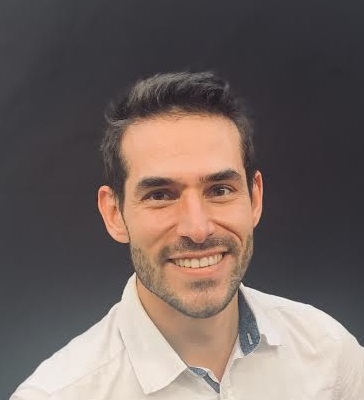 |
Benoît JEULINDECATHLON |
Design for circular economy: application to outdoor sports products
Climate and economic issues (inflation, access to raw materials, etc.) will lead to major changes in our societies. In particular, the transition, more or less rapidly and under pressure, from a linear economy to a circular economy.
New elements must be taken into account in the design of our products to drastically limit their environmental impact and respond to these new uses.
Design is becoming an essential element in the success of a company's change of business model. How does this change the "classic" design methods? How can we quantify and take into account these new elements in the design process?
We will detail this through an example of a sports product: the 2 second tent (from 2005 to 2023)
Bio
Degree in Industrial Engineering - INP Grenoble.
Joined Decathlon on leaving school as a project engineer on purchasing and sales forecasting tools. Then Supply Chain career, in the animation of a European then World supplier panel on "big sewn" products (punching bags, riding equipment, sleeping bags...).
With these Digital and Operational experiences, I led for 5 years the project teams in the transformation of the Supply Chain business and tools.
On my return from parental leave, I reoriented myself towards the theme that had attracted me for many years. I joined the electronic product design teams at Decathlon to build the sustainable development project for this entity. I lead projects on environmental assessment, the implementation of a "universal" reparability index, and the consideration of end-of-life through recycling channels.
Since 2022, I have joined the Decathlon Mountain Sports teams (Quechua, Forclaz, Simond) to build the sustainable development project. I lead the environmental and circular themes (carbon budget, reparability & repair, recyclability & recycling...) for the teams of Conceptions, Offer, Design, Communication,... on all types of products (tents, backpacks, textiles,...)
Passionate about outdoor sports, I regularly practice trail, mountain bike, ski touring...
Session KN05 : Thursday 27/07 9:00am - 9:45am, Amphi AUBY
 |
Delphine LACANETTEBordeaux INP |
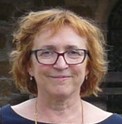 |
Colette SIRIEIXUniversity of Bordeaux |
Towards an integrative approach to the study of a protected natural environment: The Lascaux Cave
The Cave of Lascaux is a UNESCO World Heritage Site due to the exceptional quality of the paintings and sculptures that decorate its walls, dating back 20,000 years. Since its closure in 1963, the cave has benefited from special conservation measures for its rock art, under the supervision of a scientific committee. The I2M laboratory has acquired more than 50 years of climatic data thanks to monitoring in the cave and more than 10 years of geophysical data in the immediate external environment of the cave. The combination of thermal studies, numerical simulation, and geophysical skills, as well as the large amount of validation data, allows us to consider a global project to study heat and mass transfer in the rock surrounding the cave. Geophysics provides information on the heterogeneity of the rock, which must be related to the thermo-physical properties (in particular the diffusivity) of the different materials traversed by the thermal waves coming from the surface. The temperature data inside the cave is necessary to model the transfers in the rock and to provide boundary conditions at any point of the air/rock interface of the cave. The simulation of thermo-aerodynamic flows in the cave is made possible by the knowledge of these temperatures and the consequent work to consider the complex morphology of this underground environment. The applications for conservation are numerous: in addition to a better understanding of the phenomena of alteration of the walls, this work will be able to predict behaviors that could lead to these alterations. This is where the concept of preventive conservation takes on its full meaning.
Bio
Delphine Lacanette is an associate professor at Bordeaux INP. She has been studying thermo-aerodynamic flows in underground environments in general and in the Lascaux cave in particular for more than 15 years, with an interdisciplinary point of view. In recent years, she has been particularly interested in heat and mass transfer in the karstic environment surrounding the cave. She is a member of the Commission Nationale de l'Architecture et de Patrimoine (National Commission for Architecture and Heritage), in the section dedicated to decorated caves, and provides expertise to the curator of the Lascaux cave in terms of climatology of the cave.
After 6 years at the BRGM, Colette Sirieix joined the University of Bordeaux as an associate professor. She is currently a full professor. Her research specialty is near-surface geophysics. She has been working on karst environments for more than 10 years. She is particularly interested in the environment of decorated caves and archaeological sites that develop in the unsaturated zone of limestone rocks. In 2021, she organized the International Congress of Subsurface Geophysics (NSG'21) in Bordeaux under the auspices of the EAGE (President of the Local Advisory Committee and of the Scientific Committee). Her work is always at the crossroads of several disciplines: geophysics, geology, archaeology, prehistory, thermal sciences.
Session KN03 : Tuesday 25/07 1:45pm - 2:30pm, Amphi AUBY
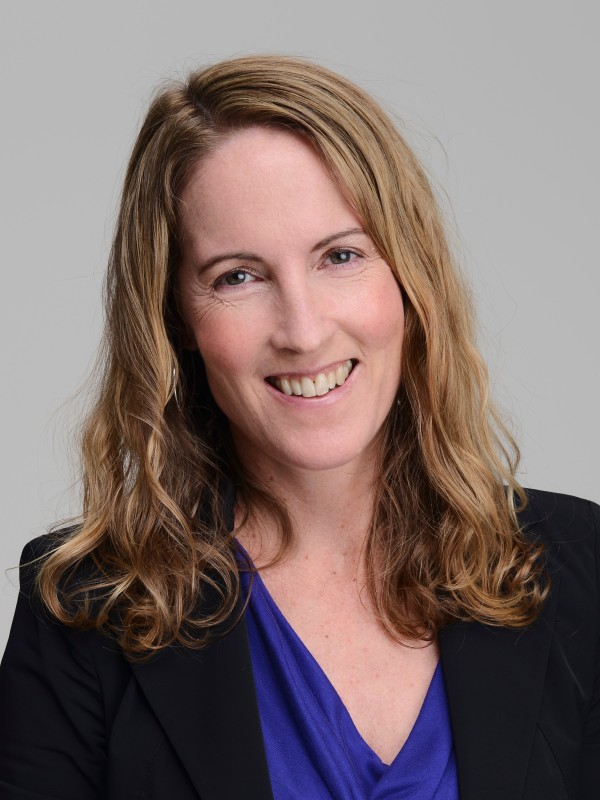 |
Kristina SHEAETH Zürich |
The Importance of Computing and Making in Design Research
I have always loved the artifact of design, the object that we make when designing and its form, material and function. As such, design, computing and making have always played a large role in my research and are hard for me to separate. In this talk, I will present several research projects we have carried out, the significance that computing and making has had in them, and why I believe they are important to advancing design research. The rise of 3D printing in the last ten years has been a great trigger and opportunity to integrate more computing and fabrication, one form of making, in many areas of design research to both explore more complex design spaces and fabricate designs with unprecedented complexity. The first research project will discuss our work designing with 3D printing and 4D printing, which is the 3D printing of functional materials, to create parts that actively reconfigure themselves in response to environmental stimuli. This creates a new paradigm for the design of novel machines that do not use conventional components and thus require new ways to design. In a second research project, I will present the combination of a complex parametric modeling approach, design automation, 3D printing and traditional fabrication to build accessible, sustainable, Compressed Earth Block (CEB) dwellings in a Low-Resource Setting (LRS). Finally, I will show a recent project where we take a holistic approach to designing a low-cost, mechanical ventilator for LRSs that combines technical efficiency, user-centered design and user training. I will conclude with lessons learned in these projects and thoughts for future research.
Bio
Prof. Kristina Shea is a Full Professor for Engineering Design and Computing in Mechanical and Processing Engineering at ETH Zürich since 2012. Her lab’s research combines engineering design, computation and fabrication to design and prototype creative engineering systems with new functionalities that help to achieve sustainable development goals. Current research topics include computational design, design for Additive Manufacturing (AM), multi-material AM and 4D printing as well as new research in development engineering. Her lab investigates a wide variety of application areas across a number of industries including consumer products, space, automotive, built environment and biomedical. Kristina Shea graduated in Mechanical Engineering (BS 1993; MS 1995; PhD 1997) from Carnegie Mellon University. She has held academic positions at EPFL (Switzerland) where she was a post-doc, University of Cambridge (UK) where she was a tenured Lecturer (Assistant Professor) and TU München (Germany) where she was a tenured Associate Professor. She also worked as a Senior Engineer at Arup (London, UK). She is a Fellow of the American Society of Mechanical Engineers (ASME), member of the Design Society, former member of the Board of Management of the Design Society and co-founded the Design for Additive Manufacturing SIG and Computational Design Synthesis SIG in the Design Society.
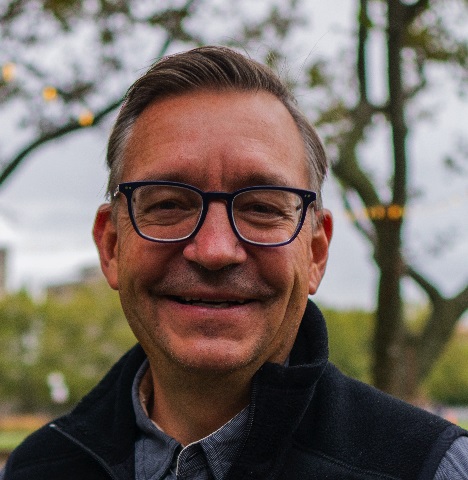 |
Olivier de WECKMIT |
Complexity and System Design
The degree of complexity of today's products and systems is significantly higher than it was in the 20th century or earlier. This increased complexity, similar to what we see in highly evolved natural biological systems, yields higher levels of performance and potentially resilience. However, I will show that there are diminishing returns in further increasing complexity, because design effort increases super-linearly with complexity while approaching fundamental physical limits. In this talk I will postulate that Conservation of Complexity should be considered as the First Law of System Design, similar to conservation of energy in thermodynamics, or conservation of momentum in classical mechanics. I will show examples of design evolution for air-breathing engines, as well as digital printing systems to provide empirical evidence for this claim. In a nutshell, complexity should be explicitly quantified and tracked during the design process.
Bio
Olivier de Weck is the Apollo Program Professor of Astronautics and Engineering Systems at the Massachusetts Institute of Technology (MIT). He earned degrees in Industrial Engineering from ETH Zürich (dipl. Ing. ‘93) and Aerospace Systems from MIT (SM ’99, PhD ’01) where he is the faculty director of the Engineering Systems Laboratory (http://systems.mit.edu) His main research is in Systems Engineering with a focus on how complex technological systems are designed and optimized and how they evolve over time. He has authored or co-authored over 400 publications for which he has been recognized with twelve best paper awards since 2004. He is a Fellow of INCOSE and AIAA and served as Editor-in-Chief for the journal Systems Engineering from 2013-2018. He is a former Senior Vice President of Technology Planning and Roadmapping at Airbus where he was responsible for roadmapping a $1-billion R&D portfolio for the world’s largest aircraft manufacturer. His most recent book on Technology Roadmapping and Development was published by Springer-Nature in 2022. His passion is to improve life on our home planet Earth through research and education in design and systems engineering, while paving the way for humanity’s future off-world settlements.
Session KN01 : Tuesday 25/07 9:45am - 10:30am, Amphi AUBY

